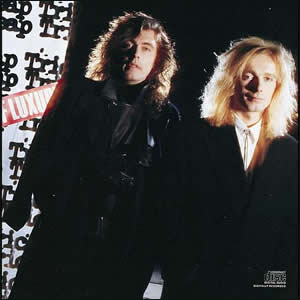One On One by Cheap Trick
Buy One On One Many critics believed that Cheap Trick was already past their peak by the time that got around to recording their sixth studio album, One On One in 1982. The band […]

Buy One On One Many critics believed that Cheap Trick was already past their peak by the time that got around to recording their sixth studio album, One On One in 1982. The band […]

Buy Lap of Luxury Lap of Luxury was, by most definitions, a comeback album for Cheap Trick, although it didn’t quite reach the blockbuster status that the band and their label were attempting […]

Buy Dream Police Cheap Trick concluded their impressive late seventies output with their fourth studio album, Dream Police. This album follows the breakthrough success of the live album, Cheap Trick at Budokan, which […]